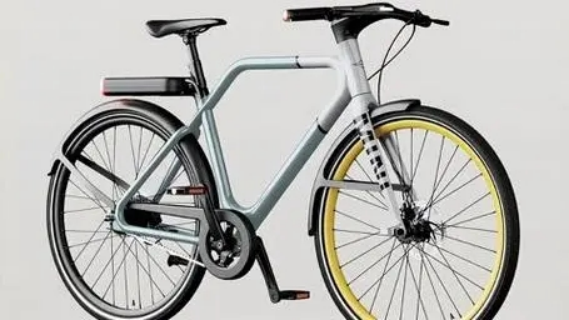In 2017, European countries have proposed plans to phase out fuel vehicles. At the same time, countries in Southeast Asia and Latin America have proposed a series of plans to combat air pollution, including the development of electric vehicles as a key project for future implementation. At the same time, according to NPD statistics, since the outbreak of the epidemic, the sales of two-wheeled vehicles in the United States have surged. In June 2020, the sales of electric bicycles increased significantly by 190% year-on-year, and the sales of electric bicycles in 2020 increased by 150% year-on-year. According to Statista, sales of electric bicycles in Europe will reach 5.43 million units in 2025, and sales of electric bicycles in North America will reach approximately 650,000 units during the same period, and more than 80% of these bicycles will be imported.
On-site inspection requirements for electric bicycles
1. Complete vehicle safety test
-Brake performance test
-Pedal riding ability
-Structural test: pedal clearance, protrusions, anti-collision, water wading performance test
2. Mechanical safety testing
-Frame/front fork vibration and impact strength test
-Reflector, lighting and horn device testing
3. Electrical safety testing
-Electrical installation: wire routing installation, short circuit protection, electrical strength
-Control system: braking power-off function, over-current protection function, and loss-of-control prevention function
-Motor rated continuous output power
-Charger and battery inspection
4 Fire performance inspection
5 Flame retardant performance inspection
6 load test
In addition to the above safety requirements for electric bicycles, the inspector also needs to do other related tests during on-site inspection, including: outer box size and weight inspection, outer box workmanship and quantity inspection, electric bicycle size measurement, electric bicycle weight test, coating adhesion Testing, transportation drop test.
Special requirements of different target markets
Understanding the safety and usage requirements of the target market is the only way to ensure that the manufactured electric bicycle is recognized by the target sales market.
1 Domestic market requirements
Currently, the latest regulations for electric bicycle standards in 2022 are still based on the “Electric Bicycle Safety Technical Specifications” (GB17761-2018), which was implemented on April 15, 2019: its electric bicycles need to comply with the following regulations:
-The maximum design speed of electric bicycles does not exceed 25 kilometers/hour:
-The vehicle mass (including battery) does not exceed 55 kg:
-The nominal voltage of the battery is less than or equal to 48 volts;
-The rated continuous output power of the motor is less than or equal to 400 watts
-Must have the ability to pedal;
2. Requirements for exporting to the US market
US market standards:
IEC 62485-3 Ed. 1.0 b:2010
UL 2271
UL2849
-Motor must be less than 750W (1 HP)
-A maximum speed of less than 20 mph for a 170-pound rider when driven by the motor alone;
-Safety regulations that apply to bicycles and electronics also apply to e-bikes, including 16CFR 1512 and UL2849 for electrical systems.
EU market standards:
ONORM EN 15194:2009
BS EN 15194:2009
DIN EN 15194:2009
DS/EN 15194:2009
DS/EN 50272-3
-The maximum continuous power rating of the motor must be 0.25kw;
- Power must be slowed down and stopped when the maximum speed reaches 25 km/h or when the pedal stops;
-The rated voltage of engine power supply and circuit charging system can reach 48V DC, or the integrated battery charger with rated 230V AC input;
-The maximum seat height must be at least 635 mm;
- Specific safety requirements applicable to electric bicycles – EN 15194 in the Machinery Directive and all standards mentioned in EN 15194.
Post time: Mar-15-2024







